As with most of my short reviews of cameras that I own or have owned in the past, I am going to discuss here how I personally see and understand this Olympus OM2n. Of course, the OM2n is not the most complicated camera, nor the most advanced there is, but it is a bit different from the, say, OM1 or OM10. What I am not going to talk about here is the technicalities and functions and whatnot of this beautiful piece of engineering by Maitani.
From starters I’m going to say that I am primarily a user of manual cameras, that is the reason I love so much to shoot with my classic Nikons, Nikkormats and Olympus, to name but a few (and of course, any manual focusing camera I have and own). My only “modern” cameras are a Nikon F4 and a Canon 300v, which I also enjoy using, but for different reasons. Generally speaking, I mostly like to use manual focusing cameras, working the photograph, trying to get the best out of a certain film, light, situation or indeed processing thereof. Sometimes I succeed, many times not so much, but is all about the journey, right?
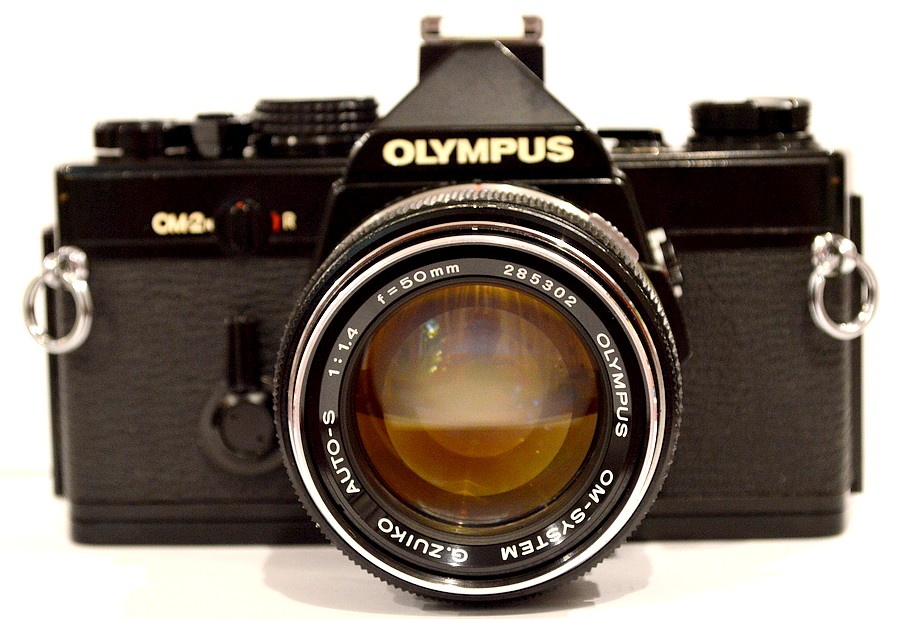
If size is a deal maker or breaker for you, then you will be satisfied with the size of OM2n; small in comparison with say, Nikkormat or Canon, or even with the Nikon FM3a (though, in this case, not by much). It is a compact SLR, the size of which (when appeared in 1979, took the world by storm. Suddenly every camera maker wanted to downsize their product and follow suit. Some did, some not, but that is history.
What I like most about this camera is that it has the best of both worlds: manual and aperture priority: both engaged by just flicking a switch. I also appreciate the change of meter scale type when switching between the two modes: manual mode shows a +/- type of meter scale, while the aperture priority presents a classic scale in the viewfinder. I am accustomed to both of these, and while I preferred a classic meter scale in the past, I do enjoy the plus/minus one because of the Nikkormats, who sports the same type of scale (at least my FT and FT3).
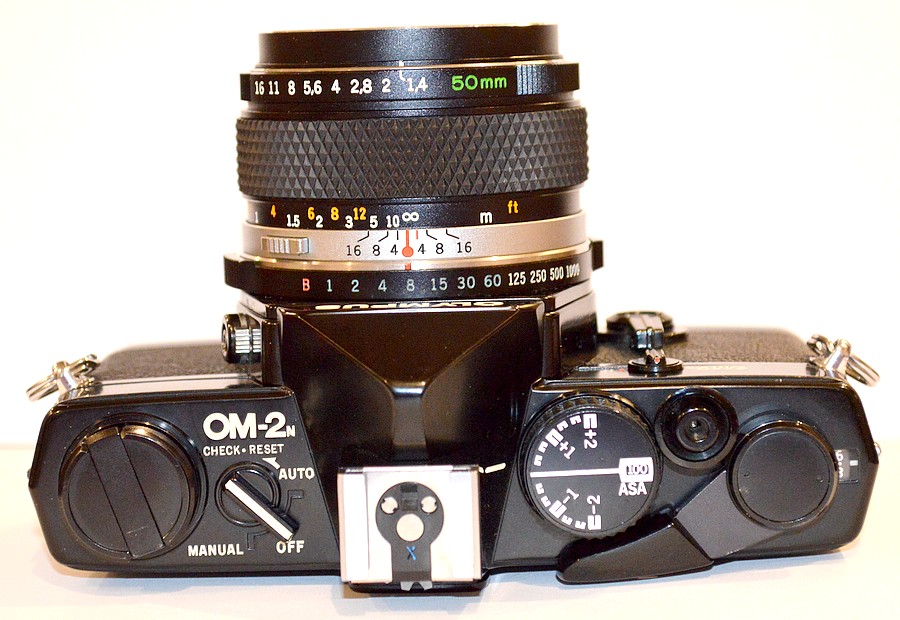
I find rather easy to access the exposure compensation dial, although if I use my Nikon FM3a too long, it takes me a while to get re-acquainted with the exp. comp. dial on OM2n. The options presented by this dial are generous, though not much different from those found on other similar cameras ( two up, two down, simple job). Other than that, I keep forgetting to switch the meter off, with this lever configuration. I am much more used to the OM1 style, where there are only 2 positions. But this is nothing big, and is not by any means a deterrent to use the OM2n.
The film winding lever seems to be a bit more “domesticated”, as in it is not so loud, as my other OM 1 (or OM10) are. Not annoyingly loud, but the grating sound of the lever on my OM1 is a bit loud-ish. I am not complaining…
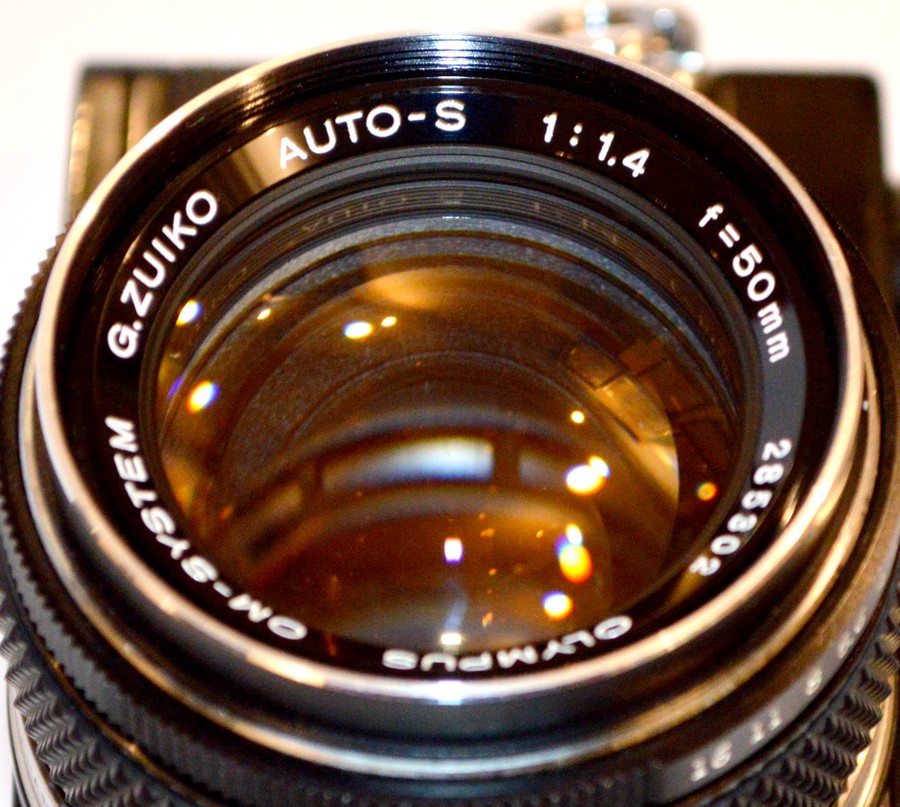
The lens I have on this camera is one of the best I have, Zuiko ones I mean. Fast and clean, is a pleasure to use. Granted, it gets sharp starting with f4, no wonder here, but is good to have a 1.4 when low light situations appear.
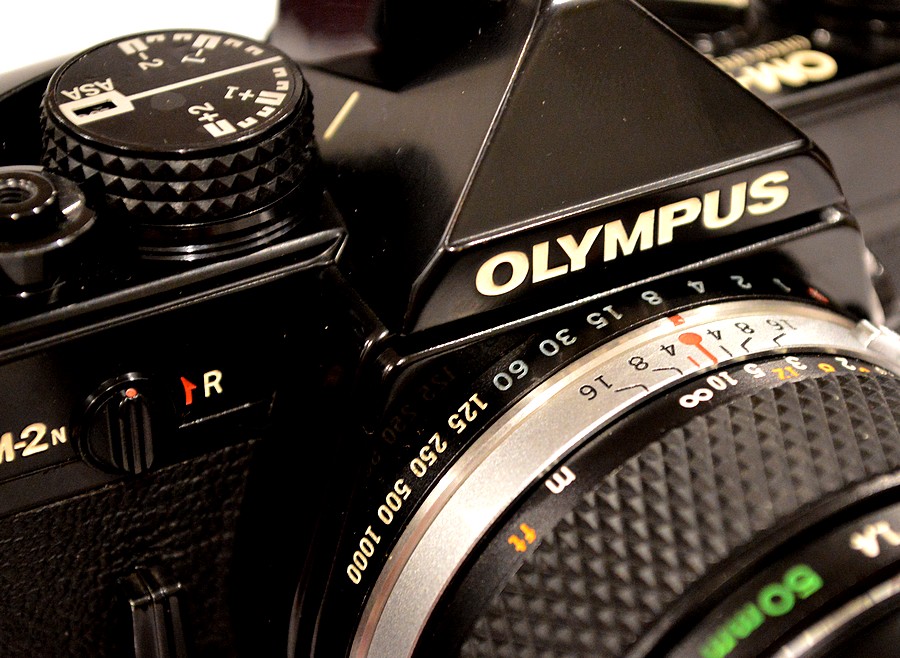
As said, I do enjoy using the aperture and shutter rings in this style; once you have a habit of looking for both of the rings in the (almost) the same place, is easier to operate the said rings fast and accurate. Being schooled on the FT/FT3 Nikkormat cameras, I simply got into the habit, and now is like a second nature to me. I am not saying that one is better than the other, they’re just different tools for the same job.
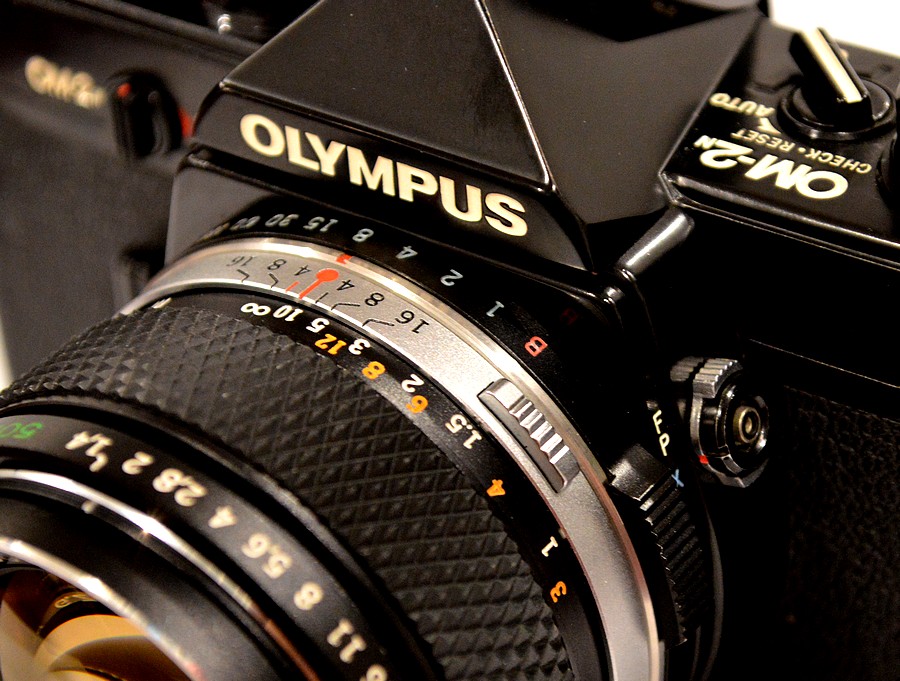
So, is this Olympus OM2n a camera that bridge both of the manual/manual & automatic worlds of Olympus OM classics? Could be; in my opinion it does so, and in a very effective manner too. True, the OM2n is not a OM1, if only for the fact that the first needs batteries (and stops working without those – but has 1/90 shutter speed available in this case), whereas the latter doesn’t (well, it does but only for the meter, otherwise the camera will function without).
One more thing: I am always amazed at how good the metering system is, in these cameras. Two examples here, Agfa APX 100, with a yellow filter; although the sun was really harsh, the meter managed to take in the shadows correctly, while not blowing the highlights sky high.
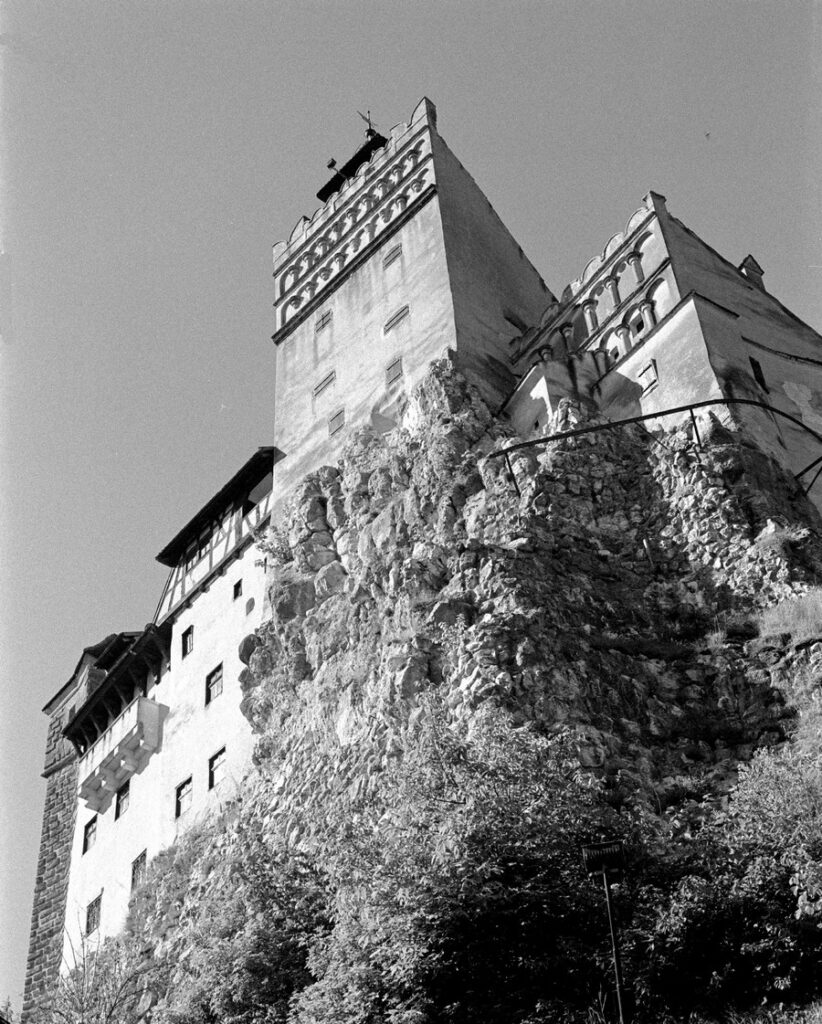
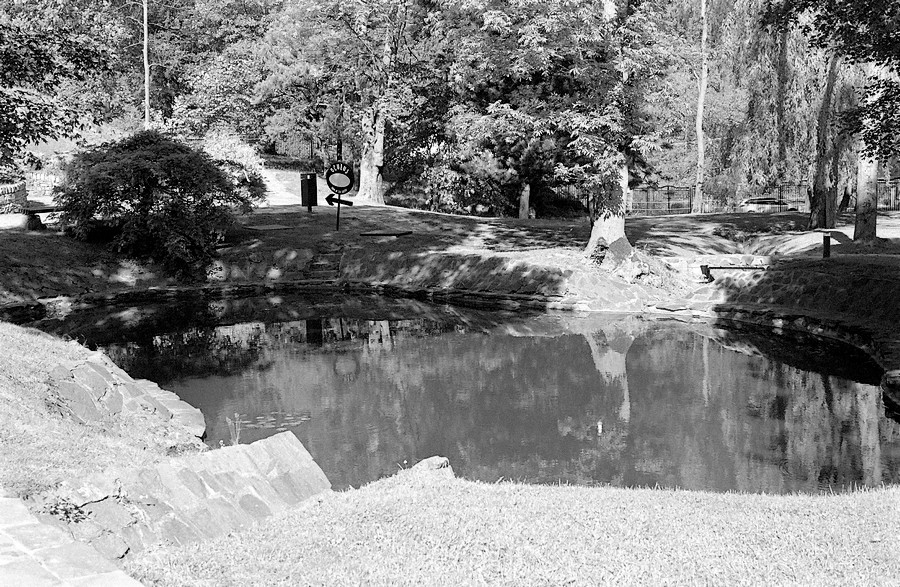
I am yet to ruin a film in my OM cameras, to be honest, they are what Maitani promised: a tool for doing the job, without much fuss, bells and whistles. What do you think?
Share this post:
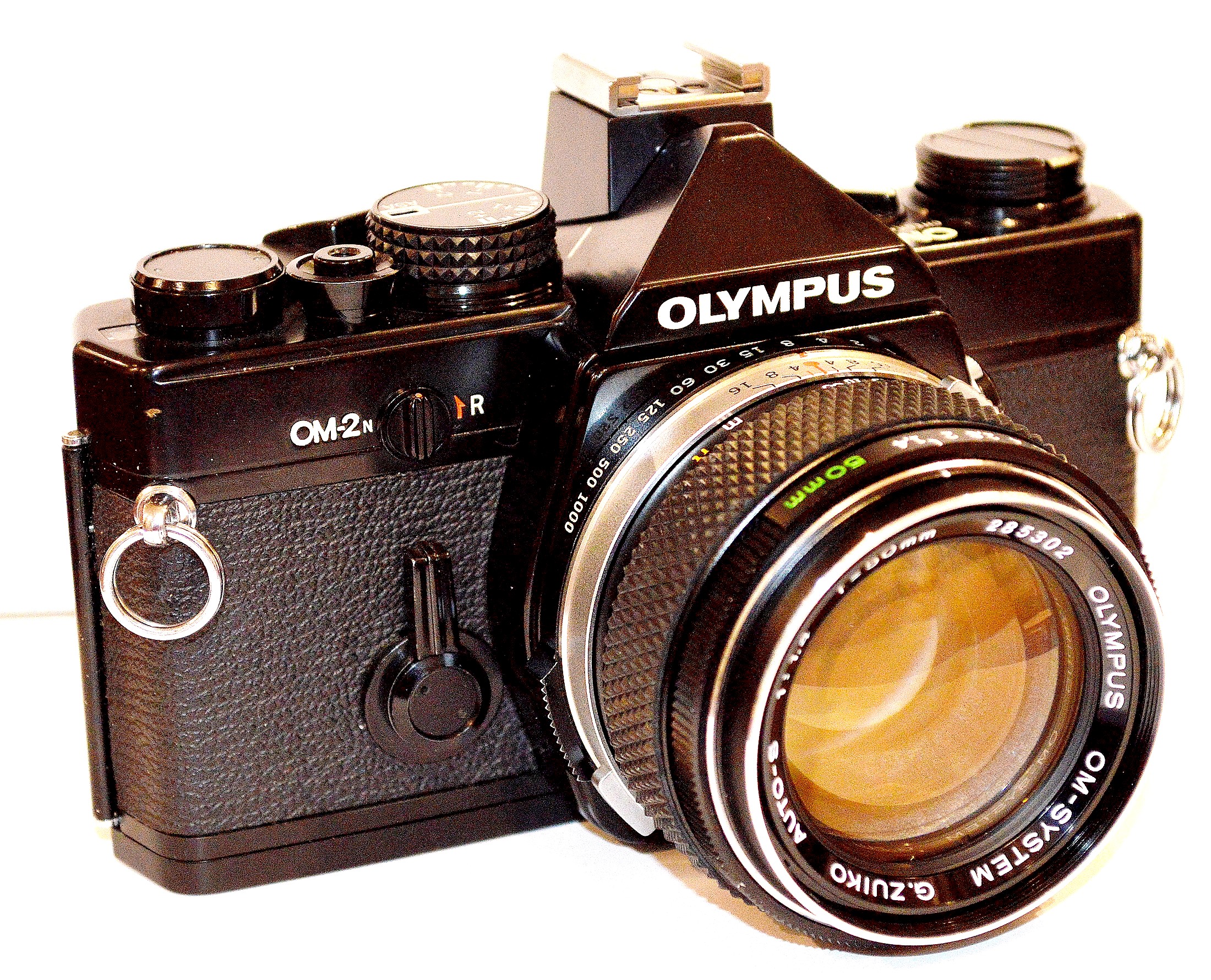

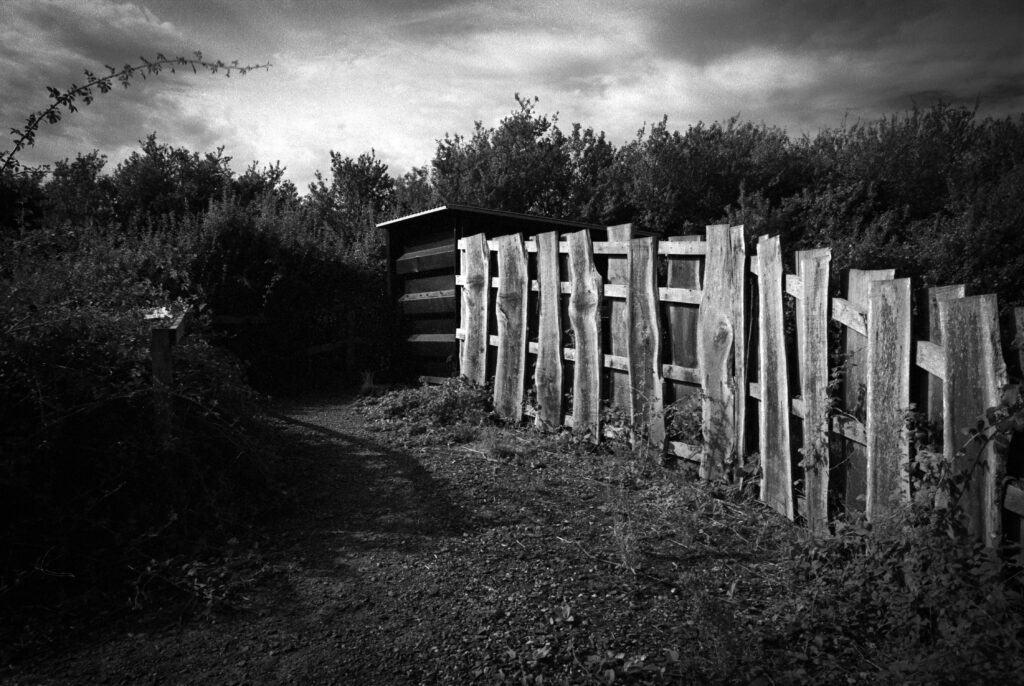
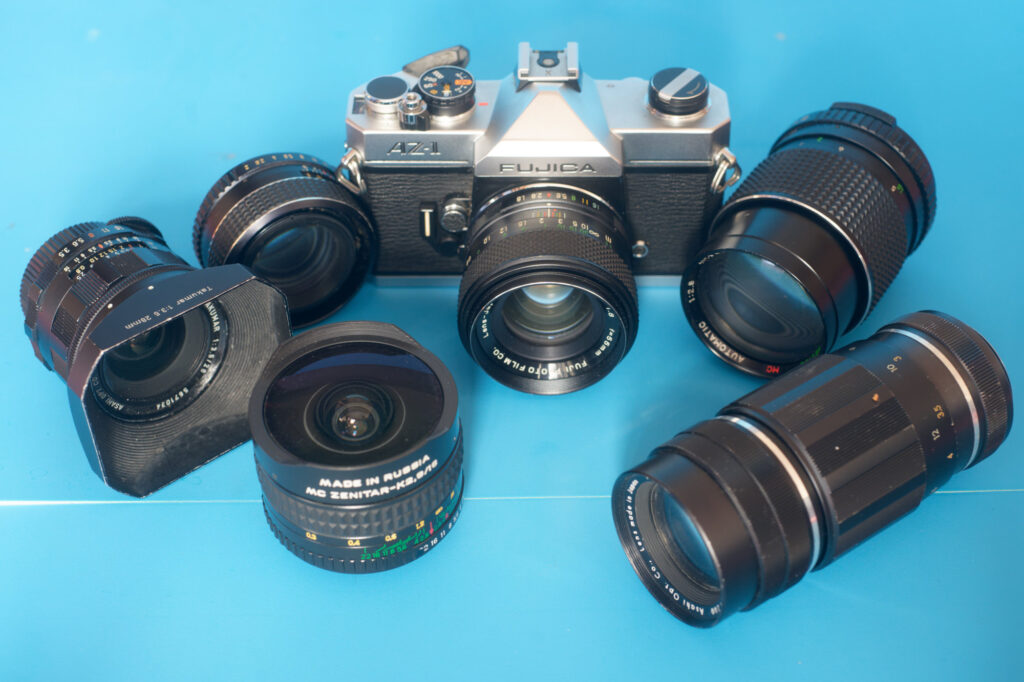
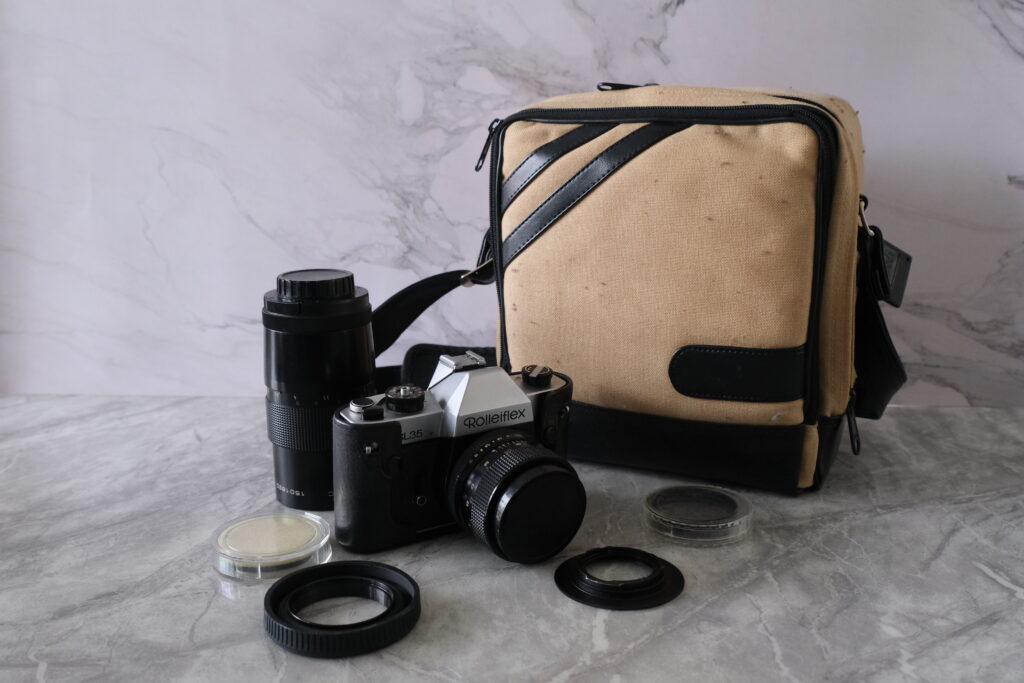




Comments
Paul Quellin on Olympus OM2n – Best of Both Worlds?
Comment posted: 29/07/2024
Comment posted: 29/07/2024
Bob Janes on Olympus OM2n – Best of Both Worlds?
Comment posted: 29/07/2024
It is a shame they didn't include an exposure lock, but in general the camera is a joy to use.
I didn't know about the 1/90 manual option. I think if you use the camera without power, the mirror does stay locked up, so in practical terms you need to use it with a battery.
Comment posted: 29/07/2024
Roger on Olympus OM2n – Best of Both Worlds?
Comment posted: 29/07/2024
Comment posted: 29/07/2024
Comment posted: 29/07/2024
Jeff T. on Olympus OM2n – Best of Both Worlds?
Comment posted: 29/07/2024
Comment posted: 29/07/2024
David Hill on Olympus OM2n – Best of Both Worlds?
Comment posted: 29/07/2024
Comment posted: 29/07/2024
Russ Rosener on Olympus OM2n – Best of Both Worlds?
Comment posted: 29/07/2024
The Olympus models to avoid are the later OM-2S and OM-4. These have a serious battery drain issue, even when they were new. The OM-2N does NOT have this problem and the two cameras are luckily quite different internally.
I recently returned to Olympus when I found a black OM-2N body in the junk bin at a local camera store. It had been well used and the shutter was locked up. Total cost was $10 US! I installed new batteries, and used the tiny magic "RESET" button located on the bottom left side of the lens housing. Voila! It has worked perfectly ever since.
Some interesting facts about the OM-2N:
The viewfinder shows nearly 100% of what the lens sees.
The camera will meter and fire even in the "OFF" position.
It was the first camera to use TTL flash metering. Works only with Olympus flashes but is VERY accurate outdoors for fill.
With hotshoe removed, the pentaprism is slim enough to allow a near Leica effect of seeing both the viewfinder and the live action simultaneously.
Comment posted: 29/07/2024
Comment posted: 29/07/2024
Comment posted: 29/07/2024
Gary Smith on Olympus OM2n – Best of Both Worlds?
Comment posted: 29/07/2024
Comment posted: 29/07/2024
Comment posted: 29/07/2024
Jim C on Olympus OM2n – Best of Both Worlds?
Comment posted: 29/07/2024
I'm also a medium format user (Rolleiflex 6000 and 6006) but that addiction is best left for another day.
Comment posted: 29/07/2024
CP93 on Olympus OM2n – Best of Both Worlds?
Comment posted: 29/07/2024
Comment posted: 29/07/2024
Rich on Olympus OM2n – Best of Both Worlds?
Comment posted: 29/07/2024
Comment posted: 29/07/2024
John haggerty on Olympus OM2n – Best of Both Worlds?
Comment posted: 29/07/2024
Comment posted: 29/07/2024
John haggerty on Olympus OM2n – Best of Both Worlds?
Comment posted: 29/07/2024
Comment posted: 29/07/2024
Doug Ray on Olympus OM2n – Best of Both Worlds?
Comment posted: 31/07/2024
Comment posted: 31/07/2024
John Greene on Olympus OM2n – Best of Both Worlds?
Comment posted: 16/09/2024
Comment posted: 16/09/2024
Marc Gordon on Olympus OM2n – Best of Both Worlds?
Comment posted: 28/08/2025